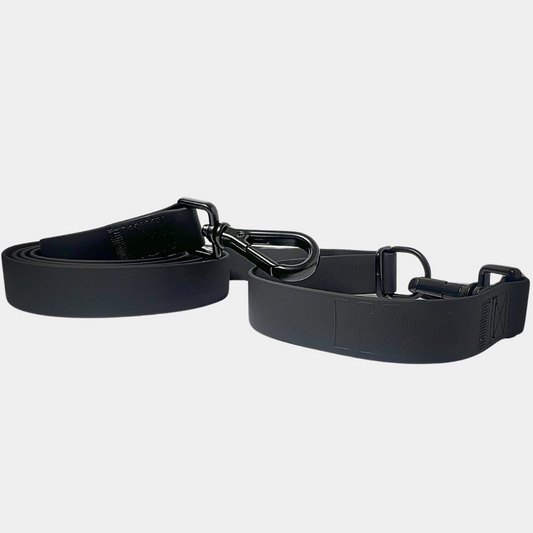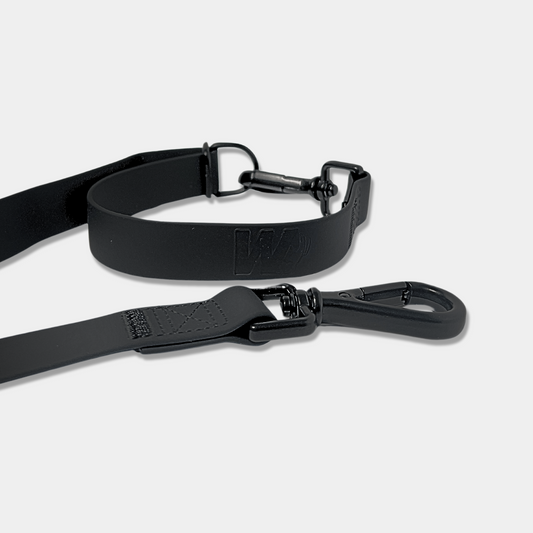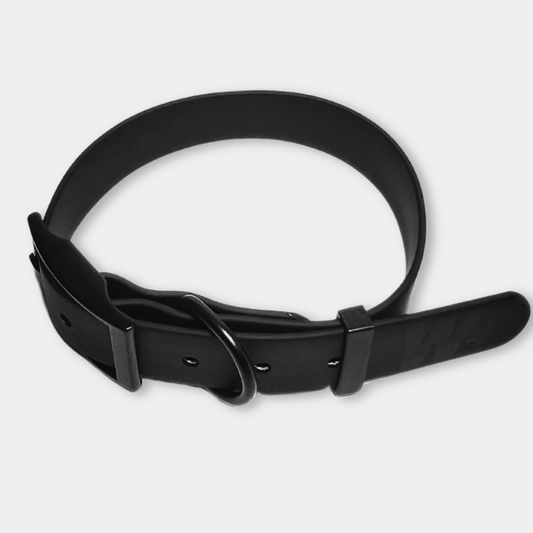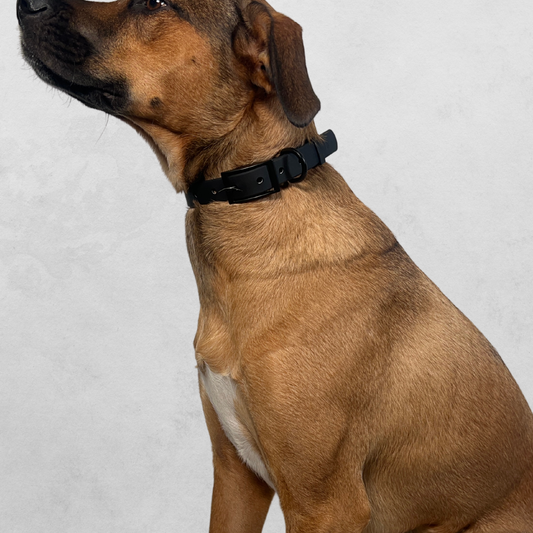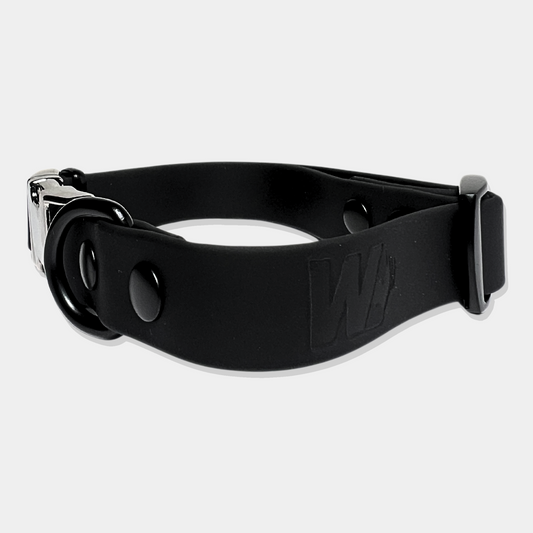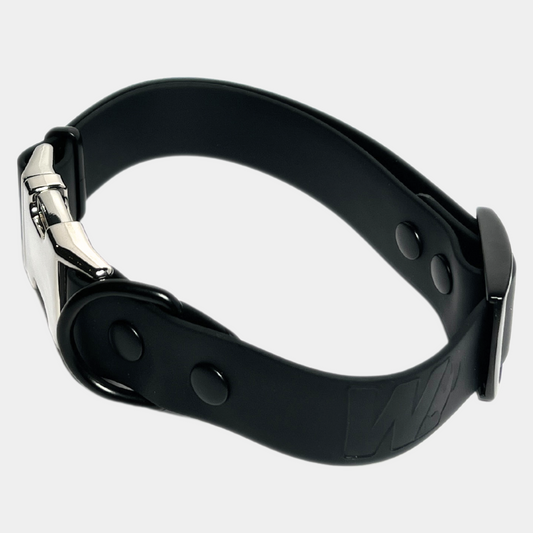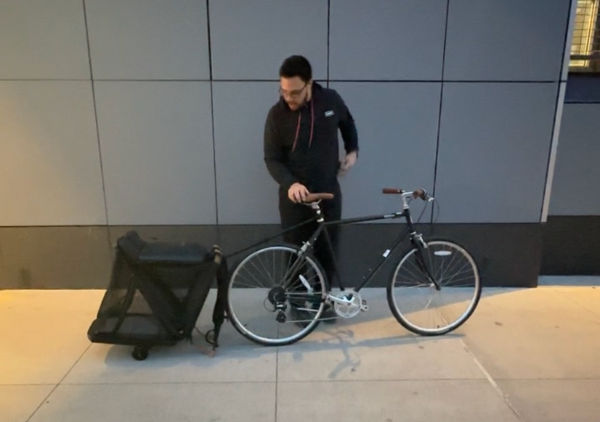Throughout my career I always felt something was missing. I had a steady job that paid me well, but the passion wasn’t there and I ended up just feeling bored. The phrase, “same sh*t, different day” was the best way to describe my excitement going into the office every day. Even when I switched roles or moved to different firms, the excitement from the newness of it all quickly faded and I was back to feeling unmotivated or ready for something different. Something had to change, but I felt stuck…until I adopted Ginger.Ginger is my COVID dog! I adopted her from the SPCA on March 14, 2020 and because of COVID, have rarely been apart.
Now, adopting Ginger wasn’t a career move per se, but it did give me a different perspective. It was as if the universe, through Ginger, was telling me that I needed to get out of Corporate America and figure out how I could incorporate dogs into my career goals. Then, out of nowhere, I had the “aha” moment for a product that didn’t exist yet…the WAGGIN Backpack! This blog post isn’t necessarily a guide to inventing a product but if it can help at least one person take their idea from scratch paper to a real product, then I am very happy to share my resources and my experiences! My first step in the process was adjusting my mentality from being a corporate employee to an inventor and that included building my self-confidence.
Self-Confidence
Honestly, when I first thought about starting the process of turning my idea into reality, I would get chills. What if I was the only person that thought it was a good idea? What if I am not smart enough? Is it too risky? I started to realize that I was too focused on the possibility of failing and not on the possibility of succeeding. I didn’t want to look back 30 years from now and be disappointed in myself for not trying. So, I opened up Google and started researching.
Market Research
When I started my market research, I spent hours on google looking for information. I looked up every kind of bike trailer I could think of. I read reviews on current trailers on the market to see what people loved or hated. I combed through the US Patent and Trademark Office website to see if anyone had applied for a patent for a bike trailer that could collapse into a wearable backpack. Once I felt comfortable with my research, I started talking to friends, family, and other dog owners to get their thoughts on the idea. I needed as much information as I could get.
Design and CAD Drawings


My next steps was taking my drawings and turning it into an actual design. I was able to find a CAD specialist on Upwork that took my drawings and created my first CAD drawings. I used these drawings to apply for a provisional patent and build my first prototype. Keep in mind, that my idea was in its very early stages, so to be extra cautious and protect the idea, I had everyone I spoke to about it sign an NDA. You can find NDA templates online and customize it for your needs.
Prototype
This stage is the longest stage because it took some time and a few mistakes to get on the right path. If you can build it yourself, you will save a ton of money. My first prototype was built out of wood. It wasn’t perfect by any means, but the idea was there. For the second prototype, we found a metal engineer on Thomasnet. The issue with the metal engineer is they only work on metal, so they didn’t have the ability to create the backpack portion or even complete the build for the full trailer. After a lot of research, we were able to find an engineering company, Productworkx, that could do both the hard (metal) goods and soft (backpack) goods. Because we weren’t focused on the backpack design and how it would all fit together, we had to do a complete redesign of the idea in order to finally produce our current prototype. My advice for this stage is to understand what it is that your product needs in order to be created and prepare to build multiple versions of your prototype so you can work out all of the kinds and weak points. You won’t be able to get it right on the first try, and that’s ok.


Intellectual Property
Protecting your idea is an important step in the process and you can do this through patents and trademarks. It’s true that patents can be very costly, but there are some steps you can take to help with the cost. The patent application can be filed by yourself, but we felt more comfortable going with a professional. Instead of hiring a patent attorney though, we were able to find a registered patent agent on Thumbtack that helped us file and worked with the US Patent Office with all responses. It took about a year and a half from when we filed, but we were finally granted a utility patent for our collapsible backpack.
We are still working to making our dream come true, but even baby steps are steps forward to the ultimate goal of seeing every dog owner using the WAGGIN Backpack to explore and build new experiences with their pups!
